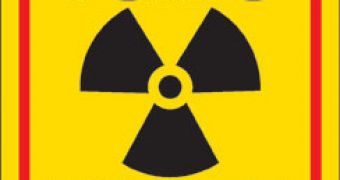India, the Philippines and Indonesia are currently home to 373 toxic waste sites. A new study documents their impact on public health and says that, all things considered, such sites might just be more dangerous than malaria and air pollution.
The researchers who conducted this investigation argue that, in 2010 alone, about 8,629,750 people in said regions ran the risk of becoming exposed to harmful chemicals found within the perimeter of those sites and around them.
Several of these people have actually developed various medical conditions or disabilities because of their spending too much time close to those sites.
According to Mongabay, some of them have even passed away at a rather young age.
Most of the times, the chemical compounds responsible for the decline in local public health were lead and hexavalent chromium.
The former is known to negatively affect the neurological, gastrointestinal and cardiovascular systems, whereas the latter is linked by several studies to higher lung cancer rates.
The researchers speculate that, all in all, people in India, the Philippines and Indonesia have lost a whopping 828,722 years of healthy life because of toxic sites-related illnesses, disabilities and untimely death.
“The number of DALYs (i.e. disability-adjusted life year) estimated in our study potentially places toxic waste sites on par with other major public health issues such as malaria and outdoor air pollution which are also causing a high number of healthy years of life lost,” study leader Dr. Kevin Chatham-Stephens explained.
Dr. Philip Landrigan, study co-author and dean for Global Health at the Icahn School of Medicine wished to stress the fact that, given the findings of this investigation, it is highly recommended that said 373 toxic waste sites be cleaned up as soon as possible.
“This study highlights a major and previously under-recognized global health problem in lower and middle income countries.”
“The next step is targeting interventions such as cleaning up the sites and minimizing the exposure of humans in each of these countries where toxic chemicals are greatly present.”
A detailed account of this research and its findings is made available to the public in the journal Environmental Health Perspectives.

 14 DAY TRIAL //
14 DAY TRIAL //